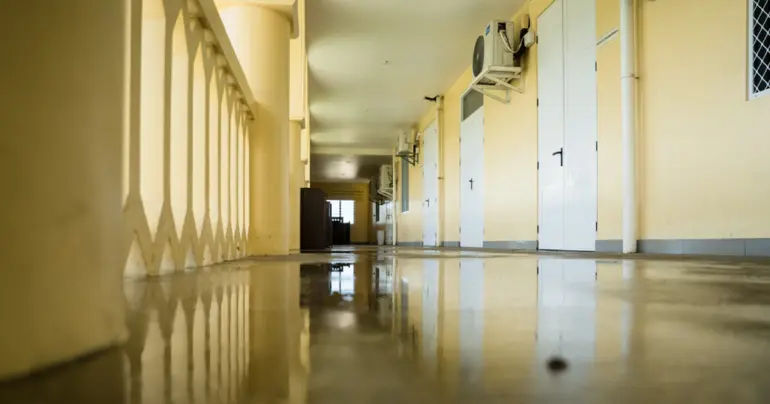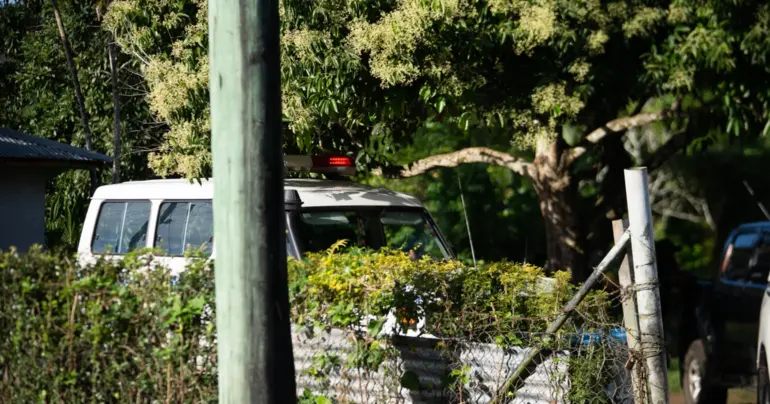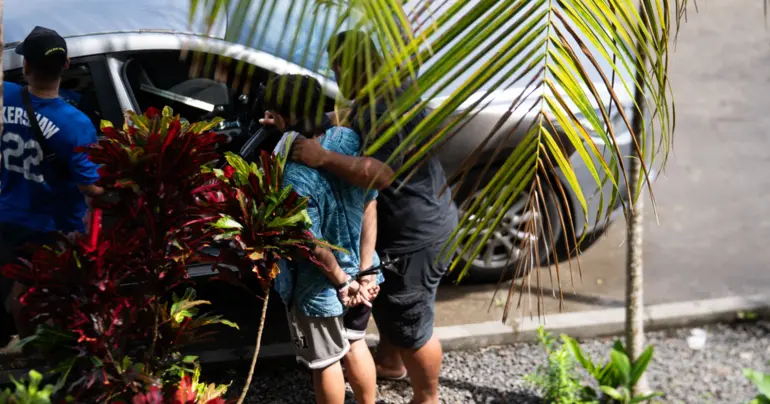Dry weather pattern spells disaster for Samoa
Samoa is heading towards a natural disaster if the current dry weather pattern continues because of the effect of the El Nino system.
Just take a look around. Lush green grass is turning brown, rivers and streams are flowing lower and some have even dried up.
The Samoa Meteorological Office says it will provide updates on potential course of action if conditions get drier.
Assistant Chief Executive Officer of the Samoa Meteorological Services, Afaese Dr. Luteru Tauvale told the Samoa Observer that the El Nino weather pattern is to blame for the dry conditions that Samoa is currently experiencing.
Samoa enjoyed rainfall in the last three years which even resulted in flooding but the current weather pattern is just the opposite. There will be very low rainfall and it looks as if things will get drier. The impact of this dry weather and the effects of climate change could be ruthless.
What are the authorities doing to prepare Samoa for this? The first thing that will get affected is drinking water. Streams and rivers which supply catchment areas will get lower resulting in low water levels at the dams.
This in turn would result in low water supply to homes and affect industries which are reliant on water. This could very much lead to water rationing and restrictions on how water is to be used. Surely, the Samoa Water Authority has a plan of action for this scenario.
People need to be proactive as well. Samoans need to start preparing to store water should the current weather continue. Water is very important. Not only does it sustain life but the lack of it could also lead towards health issues.
With low water levels, the impact will also be on the hydro power stations. This means that power generation will have to be done mostly through the diesel generators. With the current increase in fuel prices, the cost of operations for the Electric Power Corporation will increase leading to more losses.
However, the biggest impact of the dry spell would be on agriculture. Plants need water and the low rainfall and dry conditions will not at all be conducive for agriculture leading to huge losses and impacting exports and supply to the local markets.
Droughts reduce crop yields, lower livestock production, and reduced streamflow and reservoir water levels.
The depletion of water availability in soils causes significant declines in crops and livestock productivity. In addition, surface and groundwater supplies may decline during drought, affecting water availability and increasing costs to access water for crop or forage irrigation and watering livestock. With a return to normal precipitation, soil moisture typically recovers long before surface and groundwater supplies are replenished.
In economic terms, there will be a shortage and, in any case, where there is a shortage, there will be a hike in prices. Food prices are already skyrocketing and the food basket for many people is becoming smaller.
Dry conditions lead to dry grasslands and dry forests as well. The world has seen the devastation caused by the wildfires in Hawaii. The dry conditions provide the fuel needed for a major fire to start. It was good to see the Samoa Police Force go on the breakfast television shows and warn people about starting fires and leaving them unsupervised. Samoa cannot afford bushfires at a massive scale because the nation may not be equipped to deal with a large fire incident as such.
During the dry season, any fire is a worry. When the water supply is affected so is the ability of the firefighters to battle the blaze.
Drought is a regular and significant feature of the climate of the Pacific Islands and can have severe impacts on hydrological, ecological, agricultural, and socioeconomic systems.
The most prominent driver of drought in this region is the El Niño-Southern Oscillation. For many islands, El Niño typically results in extended drought conditions, which can lead to drinking water shortages and increase the area burned by wildfires, sea level decreases, severe impacts to coral reefs, enhanced risk of damaging tropical cyclones, and possible spread of vector-borne disease and illness.
Low islands are especially prone to drought due to their limited capacity to store fresh water, and with thin aquifers, they are highly sensitive to the impacts of saltwater intrusion.
The weather office said they need another month or two of observation before the real impact is seen. The authorities should not wait for the report from the weather office but already have a plan of action for each and every scenario.
Disasters do happen. Are you prepared? Because fortune favours the prepared.











